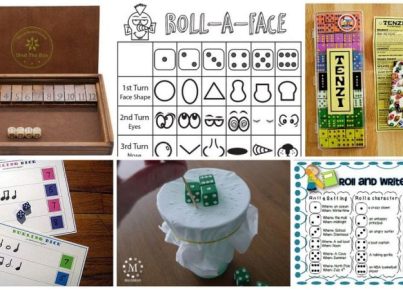Creating inclusive classroom spaces is essential for ensuring that all students, including those with physical disabilities, feel welcome and supported in their learning environment. By implementing a few simple strategies, educators can create a more inclusive classroom that meets the diverse needs of all students.
- Physical Accessibility: To create an inclusive classroom, it is important to ensure that the physical environment is accessible to students with physical disabilities. This may involve installing ramps, elevators, or wheelchair-accessible desks and seating arrangements. Additionally, make sure pathways are clear of obstacles and that classroom materials are within reach for all students.
- Flexible Seating: Consider implementing flexible seating options in the classroom. This allows students with physical disabilities to choose seating arrangements that are comfortable and accommodating for their specific needs. Providing options such as adjustable tables, cushions, or standing desks can greatly enhance students’ comfort and engagement in the learning process.
- Assistive Technology: Utilize assistive technology to support students with physical disabilities. This can include specialized computer software, adaptive devices, or communication tools that cater to students’ specific needs. Work closely with the school’s special education team to identify and implement the most suitable assistive technology for each student.
- Inclusive Curriculum: Ensure that the curriculum is inclusive and accessible to all students. Provide materials in various formats, such as braille or large print, and incorporate multimedia resources to accommodate different learning styles. Offer multiple means of representation and expression to empower students with physical disabilities to actively participate in classroom activities.
- Collaboration and Communication: Foster collaboration and communication among students to develop a sense of belonging and empathy. Encourage peer-to-peer support and educate students about different disabilities to promote inclusivity and understanding in the classroom. Additionally, maintain open lines of communication with parents and caregivers to address any concerns or specific accommodations that may be needed.
- Sensory Considerations: Consider sensory needs when designing the classroom environment. Some students with physical disabilities may have sensory sensitivities, so minimize unnecessary stimuli and provide sensory tools such as fidget toys or noise-canceling headphones to help students focus and feel more comfortable in the classroom.
- Individualized Support: Recognize that each student with a physical disability has unique needs. Work closely with the student, their parents, and the school’s special education team to develop and implement individualized accommodations and modifications. Regularly assess and reassess the effectiveness of these supports to ensure the student’s continued success.
Creating inclusive classroom spaces for students with physical disabilities requires a proactive approach and ongoing commitment to meeting students’ individual needs. By implementing these strategies, educators can create a supportive and empowering learning environment where every student feels valued and included.





